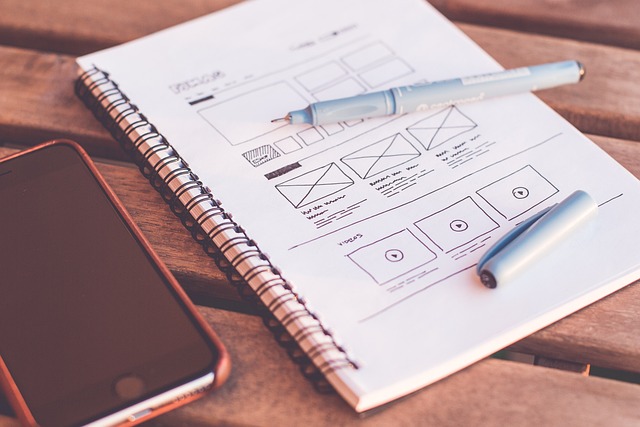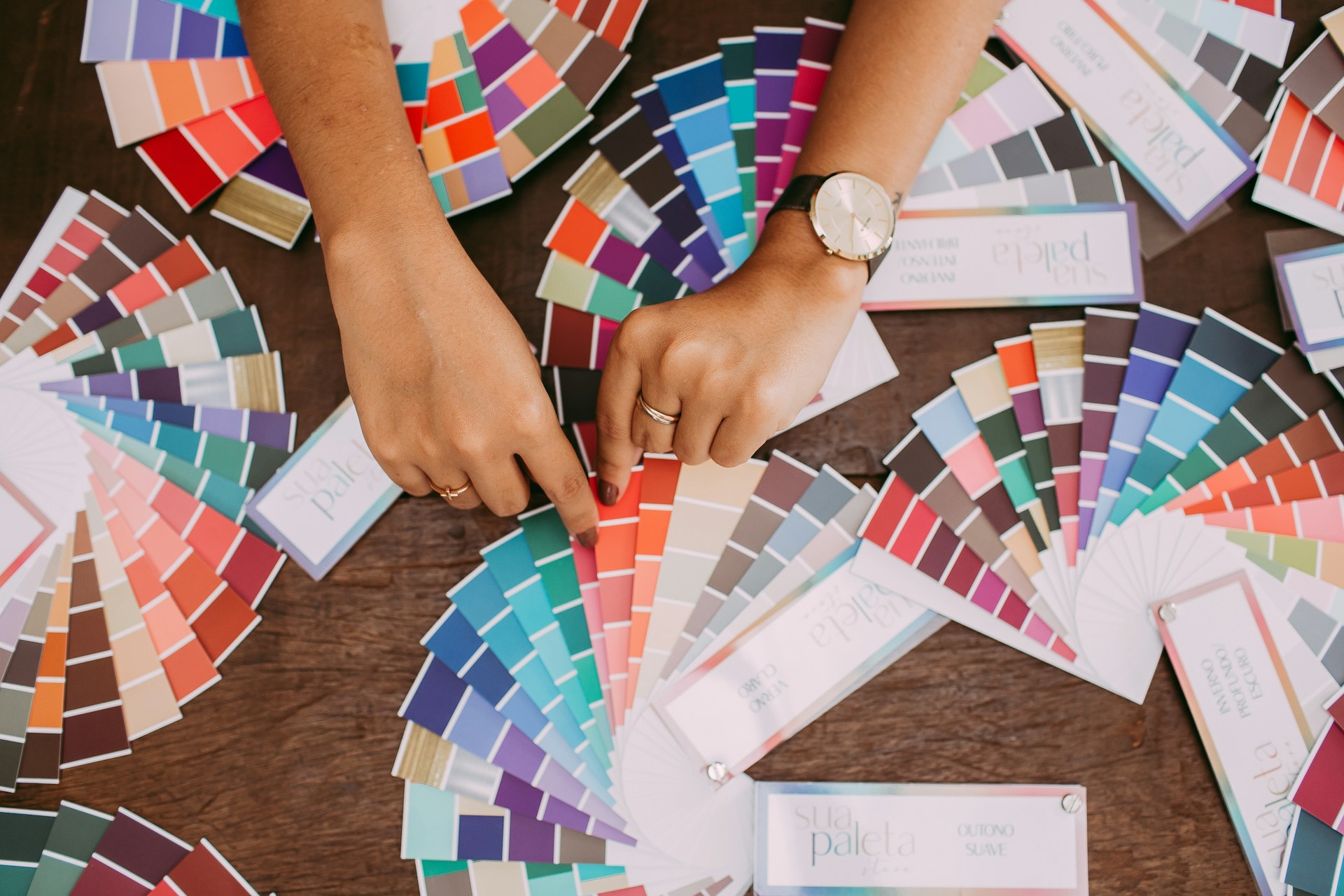In the ever-evolving digital landscape, the field of web design is always on the move. To stay ahead and remain competitive, designers and developers must keep a finger on the pulse of the latest technological advancements and explore the future of web design. Each year brings newer, smarter, and more engaging ways to create online experiences that captivate and convert. As we navigate through the exciting frontier of 2024’s web design, let’s explore the emerging trends set to redefine the digital canvas for users, designers, and stakeholders alike.
The Current State of Web Design
As we look out into the digital horizon, the current state of web design is a melting pot of creativity, functionality, and inclusivity. Aesthetic minimalism continues to dominate, providing a clean, user-friendly experience. Frameworks offer unparalleled responsiveness, ensuring seamless interaction across devices. However, as we push towards 2024, it’s clear that the path to the digital future is paved with even more groundbreaking trends and transformative technologies.
Trend 1: Augmented Reality (AR) Integration
Visualizing the Possibilities
Augmented Reality (AR) is poised to break new ground in web design by blending the virtual world with the real one, offering an interactive and immersive user experience. From the ability to ‘try before you buy’ with virtual product try-ons to placing virtual furniture in your home, the potential is limitless.
Examples of AR Integration
Major brands are already utilizing AR to captivate audiences. Take the example of a virtual fitting room on a clothing retailer’s website, allowing users to see how different outfits look on them before making a purchase. Enhancing an online travel portal with AR to provide a sneak peek of destinations is another way to use AR effectively, underlining the value of experience in turning a casual browser into a converted customer.
Trend 2: Voice User Interface (VUI)
Speaking the Language of Convenience
The growth of voice assistants has ushered in the era of Voice User Interface (VUI), presenting a hands-free and accessible way for users to interact with websites. Web designers are now tasked with creating interfaces that not only look good but can also understand and respond to natural language commands and queries.
Implementing VUI for Accessibility and Interaction
VUI isn’t just a convenience. For users with disabilities, it’s a game-changer. By integrating VUI, websites become more inclusive and accessible. Designers need to ensure that their VUI doesn’t just recognize different voices and accents but also provides a seamless and efficient interaction that makes voice navigation more than just a gimmick.
Trend 3: Minimalism and Microinteractions
The Enduring Allure of ‘Less is More’
Minimalism isn’t new to web design, but its staying power illustrates a timeless aesthetic that is being further refined. The less clutter, the more focused the user’s attention, which is why minimalist designs persist. However, in 2024, web designers are taking it further by adding complexity through micro interactions.
Utilizing Microinteractions for Engagement
Microinteractions are the small, subtle animations or visual responses that occur in response to user actions. They might be the ‘like’ button changing color or a menu subtly sliding open. These micro-interactions add depth to a minimalist design, capture the user’s attention, and provide instantaneous feedback, thereby enhancing the overall user experience.
Trend 4: Dark Mode
Discovering the Power of the Dark Side
Dark mode has become a favorite among users for its aesthetic appeal and the ability to reduce eye strain, particularly in low-light conditions. Web designers are recognizing that offering a dark mode option can significantly enhance user experience and have made it an integral part of new designs.
Incorporating Dark Mode for Better User Experience
The key to successful dark mode implementation lies in its design, ensuring that content remains highly readable against dark backgrounds. By intelligently using contrasting colors, web designers can prevent visual fatigue and create a sophisticated look. The support for dark mode can also be automated or manually switched, giving users the freedom to choose what best suits their browsing environment.
Trend 5: Artificial Intelligence (AI) and Machine Learning (ML)
The Age of Smart Web Design
As AI and ML grow more sophisticated, they are playing an increasingly significant role in web design. These technologies are invaluable for personalizing user experiences, analyzing data to make informed design decisions, and automating processes that once required manual intervention.
AI and ML in Practice
E-commerce websites are integrating AI to offer personalized product recommendations that correspond to a user’s browsing history, preferences, and behavioral patterns. Meanwhile, machine learning algorithms are revolutionizing A/B testing by predicting which design variations will yield the best results, thereby optimizing conversion rates like never before.
Conclusion
Staying informed and adaptable is more critical than ever in web design. The emerging trends in 2024 offer exciting new avenues for creativity and enhancement of user experience. As the convergence of technology and design continues to accelerate, it’s imperative for web designers to embrace these innovations, experiment with them, and shape the digital future. By doing so, we not only satisfy the ever-growing expectations of users but also contribute to the advancement of the web as a medium for interaction, information, and inspiration.
Frequently Asked Questions (FAQs)
What is Augmented Reality (AR) and how is it changing web design?
Augmented Reality (AR) is a technology that superimposes computer-generated images on a user’s view of the real world, providing a composite view. AR is revolutionizing web design by enhancing user engagement through interactive and immersive experiences that were previously not possible.
How significant is Voice User Interface (VUI) for web accessibility?
Voice User Interface (VUI) is immensely significant for web accessibility as it provides users, especially those with disabilities, the ability to navigate, interact, and access web content through voice commands, thereby removing barriers to usage.
Can minimalism in web design coexist with microinteractions?
Yes, minimalism in web design can coexist with microinteractions. Minimalist design focuses on simplicity and usability, while microinteractions serve as subtle design elements that can enhance the user experience without overwhelming it with unnecessary complexity.
Why are web designers incorporating dark mode in their designs?
Web designers are incorporating dark mode in their designs due to its growing popularity for reducing eye strain in low-light conditions, saving battery life on devices with OLED screens, and catering to user preference for darker aesthetics.
What role do AI and ML play in today’s web design?
Artificial Intelligence (AI) and Machine Learning (ML) are playing an increasingly pivotal role in personalizing user experiences, making informed design decisions, and automating complex tasks. They allow for smarter, adaptive designs that can improve user engagement and optimize conversion rates.
Are these web design trends only applicable to certain types of websites?
While some trends may have more obvious applications in certain types of websites (like e-commerce), in general, these web design trends are applicable across a wide array of websites. Each trend can be adapted and implemented according to the specific goals and audience of the website.







